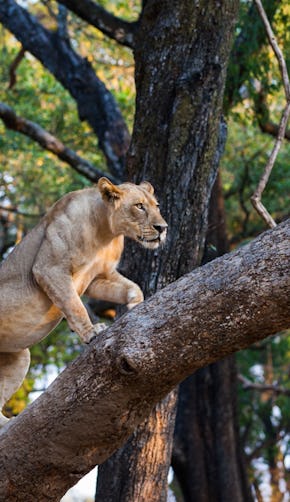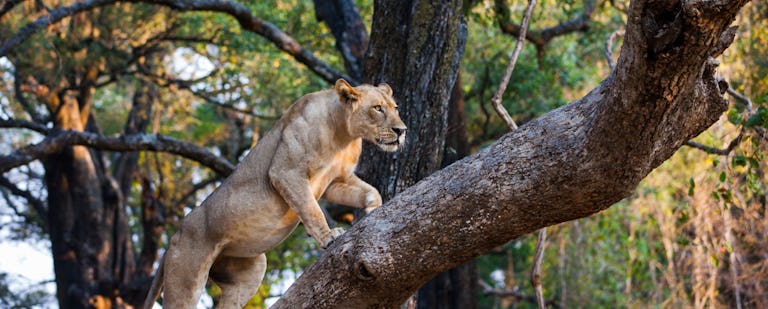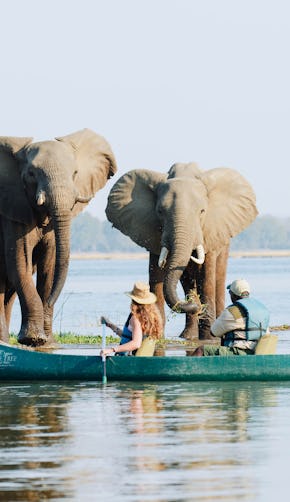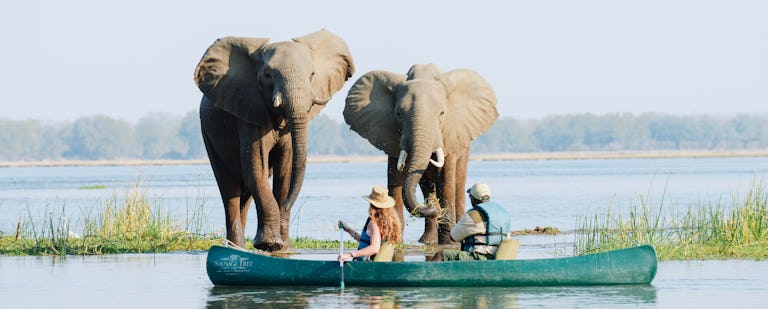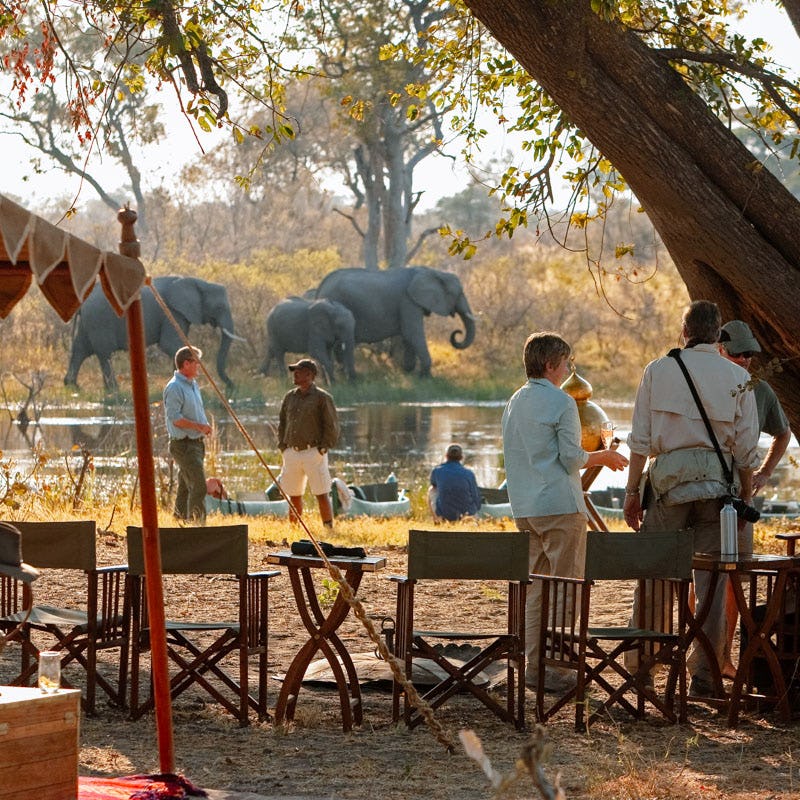Gorongosa National Park in Mozambique is one of Africa’s greatest conservation success stories. The 4000 square-kilometre park has been transformed from what was a ravaged war zone during the country’s bloody civil war in the 70s, to a magnificent natural Eden. Animals that have not roamed the landscape for 50 years – lion, elephant, and rhino – now call the park home.
With a diverse landscape of mountains, plains, wetlands and forests, waterfalls, lakes, gorges, plains and fever tree forests, the park is also one of Africa’s last great wildernesses.
And it just got even wilder, for in a landmark conservation move last month, a pack of 15 wild dog, Africa’s apex predators, was introduced back into the park. It’s the first ever reintroduction of wild dog in both Gorongosa and Mozambique.
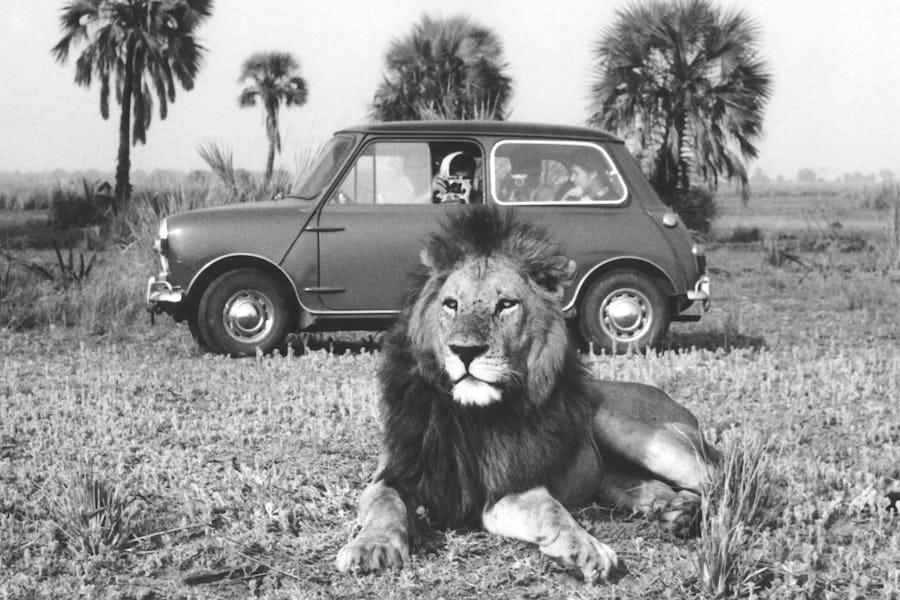
A conservation success story
In its heyday in the 60s, Gorongosa was a haunt of Hollywood A-listers (John Wayne and Joan Crawford to name a couple) and wealthy politicians and business people who stayed at the park’s glamorous Chitengo Camp. Sadly, when civil war took over the country, the camp closed and the park was ravaged by poaching.
But then in 2004, American billionaire Greg Carr took a personal interest in restoring the park to its former glory. The Carr Foundation formed a relationship with the Mozambican Government and committed to a 20-year rehabilitation project. Since then, various species have been reintroduced back into the reserve and projects are underway to work with local communities who will also benefit from the uptick in tourism dollars coming into the area.
The park’s Lake Urema now teems with hippo and crocodile while oribi, waterbuck and impala graze on its floodplains. Large prides of lion also roam the reserve, as well as elephant, oribi, and magnificent herds of buffalo. As for the birdlife, it wasn’t affected by the war and Gorongosa is considered one of the top birding destinations in south-east Africa.
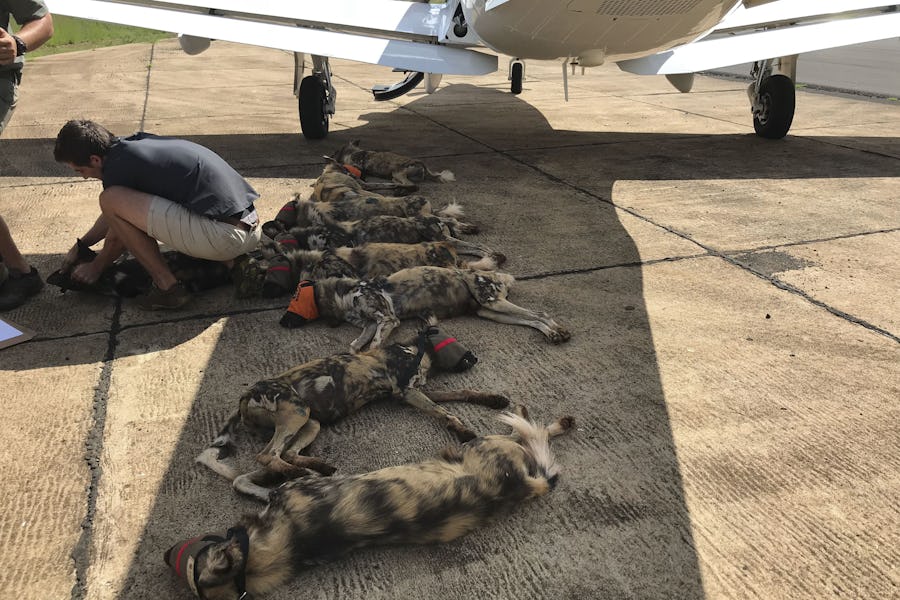
Finding the dogs
And so to our story of the wild dog. The playful pack of 15 dogs was sourced from the rolling hills and lush bushveld of Hluhluwe/Umfolozi National Park in Kwa-Zulu Natal, South Africa. Hunted and persecuted to near extinction, there were only around 300 wild dogs left in South Africa just 10 years ago. Today, that number is sitting at over 1000 (and growing) largely due to the work of NGOs such as the Endangered Wildlife Fund and Wildlife ACT, who work on the ground alongside Ezemvelo KZN Wildlife to monitor, capture, and find homes for new packs. Our dogs were captured in Hluhluwe and kept in a boma in Pongola while they waited for a new home – Gorongosa National Park.
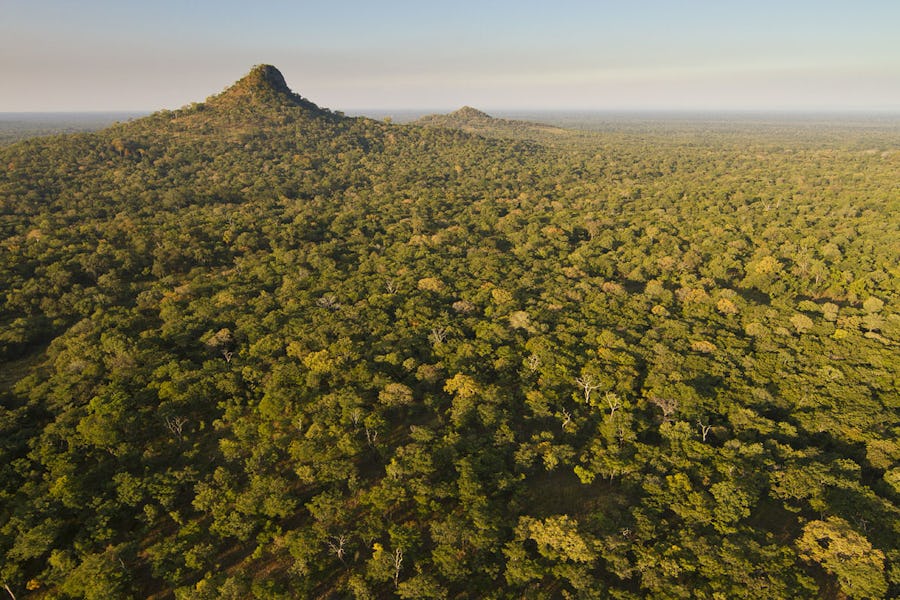
The dogs take flight
On the 25th April 2018, the pack of 15 dogs were rounded up from their boma in South Africa. After a few failed attempts to dart them in time for their flight, all 15 were loaded into the truck and driven to the airstrip. There, waiting on the tar, was a private plane (lucky dogs) and they were loaded, still fast asleep, aboard. Along with the pilot and vets, the plane took off for its international transfer.
On the other side, the dogs arrived to a fanfare welcome. Media and crew from BBC, National Geographic, local news organisations, kids, rangers and many others cheered as the doors opened and the dogs were handed down one by one into their new country.
They woke up in their new Boma in the park and after a bit of drowsiness, stumbled to life and began to investigate the surroundings. The dogs will remain inside the boma and monitored for some months before they are finally allowed to run free in their new paradise.
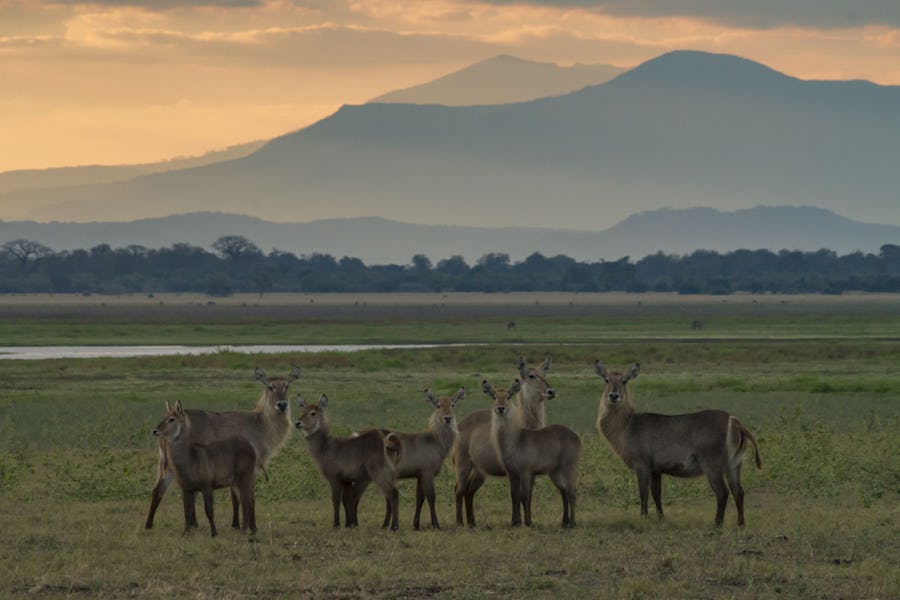
Once inside the reserve, there will be a plethora of game for them to hunt. General game in the reserve thrives due to a lack of predators, but the dogs, one of the most successful hunting carnivores in Africa, will certainly give the impala, kudus and bushbuck a run for their money.
Wild dog require massive areas of land to be successful so Gorongosa really is the perfect home. If the dogs breed well and grow their numbers, it will add a whole new dynamic to the ecology of the reserve and show that Gorongosa truly is one of Africa’s greatest wilderness areas.














